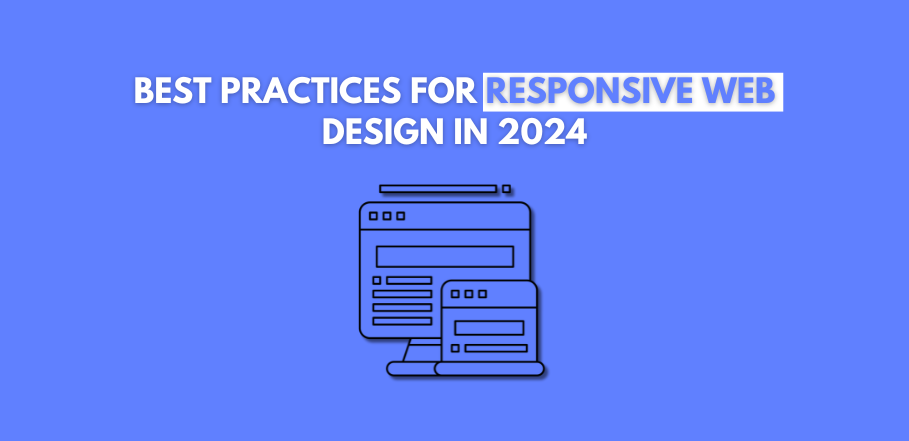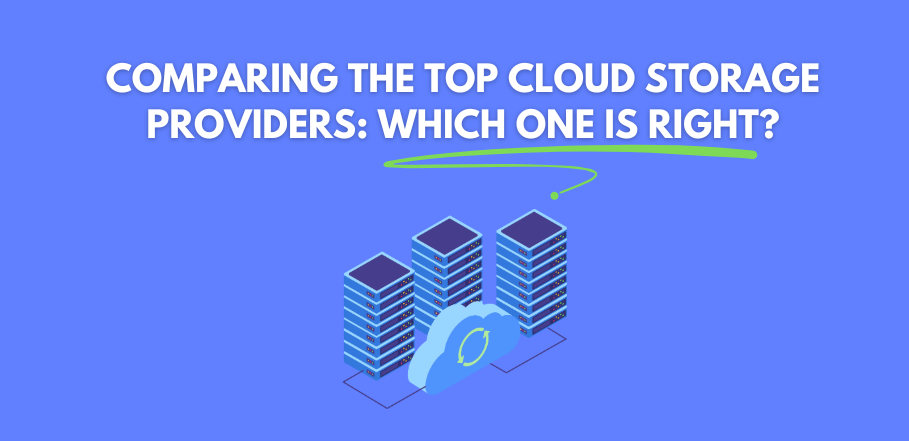
A Detailed Brief of Cloud Security
In today’s digital landscape, cloud computing has become integral to business operations, offering scalability, flexibility, and cost-efficiency. However, with the increased reliance on cloud services comes the critical need for robust cloud security. This detailed brief explores the fundamentals of cloud security, its importance, key components, and best practices to ensure your data remains protected.
1. What is Cloud Security?
Cloud security encompasses a set of technologies, policies, controls, and services designed to protect data, applications, and infrastructure associated with cloud computing. It involves securing cloud environments against various threats, ensuring data integrity, and maintaining privacy.
2. Why is Cloud Security Important?
Cloud security is essential for several reasons:
- Data Protection: Safeguards sensitive data from breaches and unauthorized access.
- Compliance: Helps businesses adhere to regulatory requirements and industry standards.
- Customer Trust: Maintains customer confidence by ensuring data privacy and security.
- Operational Continuity: Prevents disruptions caused by security incidents, ensuring continuous business operations.
- Cost Efficiency: Reduces the financial impact associated with data breaches and cyber attacks.
3. Key Components of Cloud Security
Cloud security involves several key components and practices, including:
Identity and Access Management (IAM)
IAM ensures that only authorized users can access cloud resources. This includes:
- Multi-Factor Authentication (MFA): Adds an extra layer of security by requiring multiple forms of verification.
- Role-Based Access Control (RBAC): Assigns permissions based on user roles to limit access to sensitive data.
Data Encryption
Encryption protects data by converting it into a secure format. This includes:
- Data at Rest: Encrypting stored data to prevent unauthorized access.
- Data in Transit: Encrypting data being transmitted over networks to protect it from interception.
Network Security
Network security involves protecting cloud infrastructure from network-based threats. This includes:
- Firewalls: Filtering incoming and outgoing traffic to block malicious activity.
- Intrusion Detection and Prevention Systems (IDPS): Monitoring network traffic for suspicious activity and responding to potential threats.
Endpoint Security
Endpoint security protects devices that connect to the cloud, ensuring they are secure from threats. This includes:
- Antivirus and Anti-Malware: Protecting endpoints from malicious software.
- Device Management: Ensuring all devices comply with security policies and standards.
Security Monitoring and Logging
Continuous monitoring and logging help detect and respond to security incidents. This includes:
- Security Information and Event Management (SIEM): Collecting and analyzing security data to identify potential threats.
- Log Management: Storing and managing logs to support incident response and compliance requirements.
Compliance Management
Ensuring cloud environments comply with regulatory requirements and industry standards. This includes:
- Audits: Conduct regular audits to ensure compliance with security policies.
- Certification: Obtaining relevant certifications to demonstrate compliance with industry standards.
4. Benefits of Cloud Security
Investing in robust cloud security offers numerous benefits:
- Enhanced Protection: Safeguards against a wide range of cyber threats.
- Regulatory Compliance: Helps meet regulatory requirements and avoid penalties.
- Improved Trust: Builds trust with customers by ensuring their data is secure.
- Operational Resilience: Ensures business continuity by preventing and mitigating security incidents.
- Cost Savings: Reduces the financial impact of security breaches and data loss.
5. Applications of Cloud Security
Cloud security is vital across various industries and applications, including:
Finance
- Secure Transactions: Protecting financial transactions and customer data.
- Compliance: Meeting stringent regulatory requirements for financial data protection.
Healthcare
- Patient Data Protection: Ensuring the confidentiality and integrity of patient health records.
- Telemedicine Security: Protecting telemedicine platforms and patient interactions.
E-Commerce
- Customer Data Security: Safeguarding customer information and transaction details.
- Secure Payment Processing: Ensuring secure online payment processing.
Education
- Student Data Protection: Ensuring the security of student records and educational resources.
- Online Learning Security: Protecting online learning platforms from cyber threats.
Government
- Citizen Data Protection: Ensuring the security of sensitive citizen data.
- Critical Infrastructure Security: Protecting critical government infrastructure from cyber threats.
6. Best Practices for Cloud Security
To achieve optimal results with cloud security, follow these best practices:
- Implement Strong IAM Policies: Ensure robust authentication and access controls to protect cloud resources.
- Encrypt Data: Use encryption to protect data at rest and in transit.
- Regularly Update and Patch Systems: Keep cloud systems and applications up-to-date with the latest security patches.
- Conduct Regular Security Audits: Regularly audit cloud environments to identify and address vulnerabilities.
- Educate and Train Staff: Ensure that employees are aware of cloud security best practices and potential threats.
- Monitor Continuously: Implement continuous monitoring to detect and respond to security incidents promptly.
7. The Future of Cloud Security
Cloud security is constantly evolving, with new trends and technologies shaping its future. Key trends to watch include:
- Artificial Intelligence (AI) and Machine Learning (ML): Using AI and ML to enhance threat detection and response.
- Zero Trust Security: Adopting a zero-trust approach that verifies every access request, regardless of its origin.
- Cloud-Native Security: Integrating security directly into cloud-native applications and services.
- Hybrid Cloud Security: Ensuring consistent security across hybrid cloud environments.
- IoT Security: Protecting the growing number of Internet of Things (IoT) devices connected to cloud environments.
Conclusion
Cloud security is essential for protecting sensitive data, maintaining regulatory compliance, and ensuring business continuity. By understanding the key components of cloud security and implementing best practices, businesses can safeguard their cloud environments and build strong, trustworthy brands. At EZ Brand Builders, we specialize in helping businesses enhance their cloud security to achieve their digital goals and protect their valuable assets. By investing in high-quality cloud security, businesses can stay competitive in the rapidly evolving digital landscape and drive sustained success.









